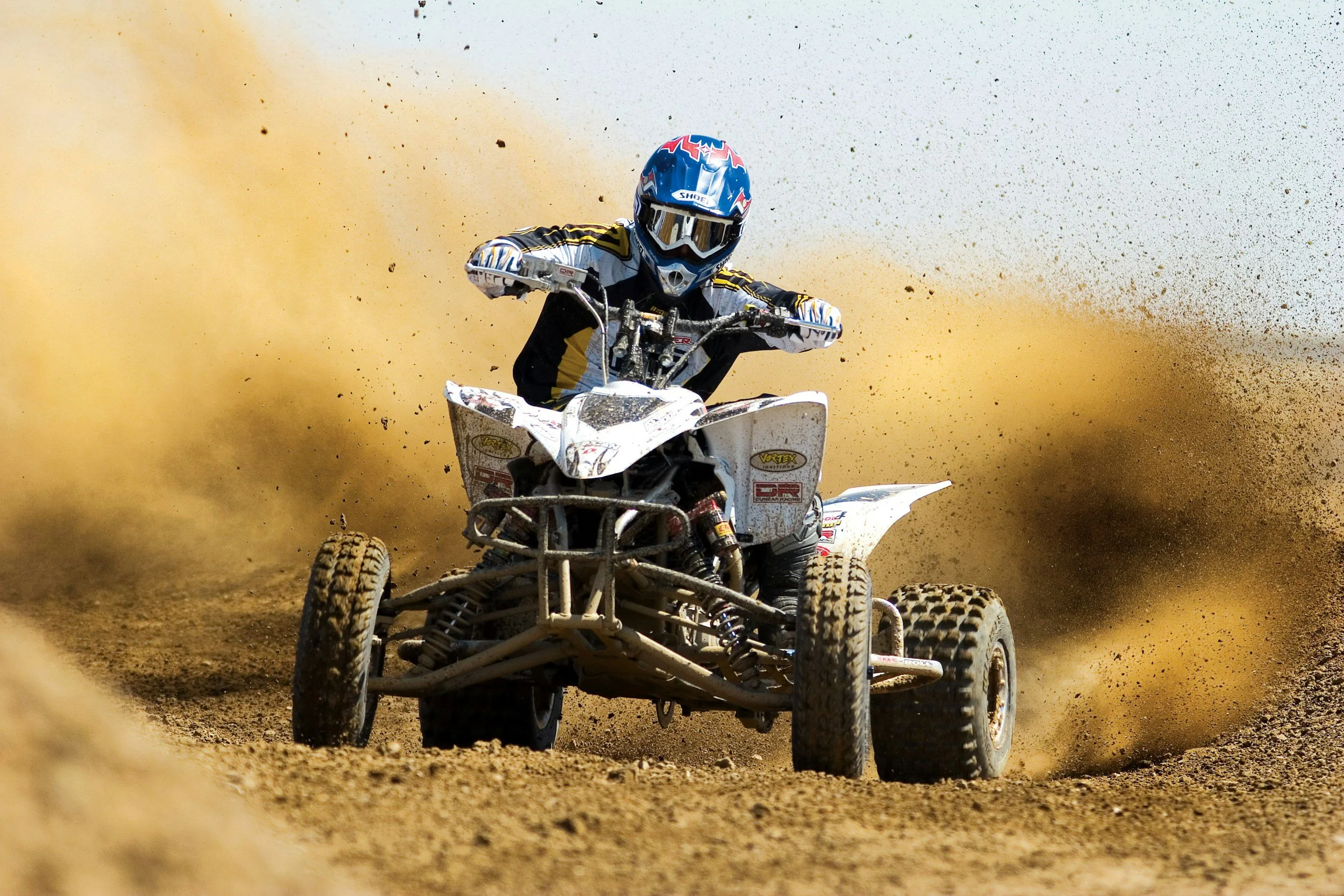How to Camp on Your Land This Summer—Legally and Comfortably
Please note: This blog post is purely informational and not meant to be taken as advice.
If you own rural land in Utah, summer is a great time to enjoy it. Camping on your property can be simple and rewarding—but it’s important to follow county rules and prepare your site for comfort and safety. Here’s how to do both.
Is Camping on Your Own Land Legal in Utah?
In most rural Utah counties, yes—camping is allowed on your own land. But there are limits depending on how long you stay, what type of setup you use, and your land’s zoning.
General Guidelines by County:
Short-term camping (1–2 weeks) is usually permitted without a permit
RV camping may be allowed for up to 30 days, but longer stays often require a septic solution
Zoning types like A-5 or AG tend to offer the most freedom for recreational use
Permanent living in an RV or trailer may require a building permit or conditional use approval
Campfires may be restricted in summer months due to wildfire risk
If your land is in Duchesne, Uintah, or Wasatch County, call the local planning office to confirm the current rules for temporary use.
How to Prepare Your Land for a Comfortable Stay
Once you’ve confirmed you can camp on your land, here’s what to bring or install to make the experience easier.
1. Shelter and Shade
Summer temperatures can be intense. Plan for protection from the sun and wind:
Portable canopy or shade tent
Setup near trees or natural cover
Use your vehicle for wind blocks if needed
2. Water and Supplies
Remote land usually doesn’t include water hookups. Bring enough to drink, cook, and clean:
Large water jugs or camping tanks
Cooler or dry food storage
Battery-powered or solar lights
3. Waste and Sanitation
Even on private land, you’ll need to manage trash and waste properly:
Pack out all garbage
Use a portable toilet or camp toilet system
If staying longer, consider a portable blackwater tank
4. Fire Safety
Open fires are often restricted in summer. Here’s how to stay safe:
Use a propane stove or fire pit with a spark screen
Keep a shovel, water bucket, or extinguisher nearby
Check current fire restrictions before each trip
Setting Up Your Land for Longer Stays or Repeat Visits
If you plan to camp regularly on your land, a few upgrades can help:
Gravel pad for an RV or tent base
Storage shed or lockable box for tools and supplies
Solar panel setup for basic power
Composting toilet or basic septic solution (if allowed)
These improvements can be done slowly over time and still keep the land “undeveloped” for tax purposes, especially if you’re in a greenbelt or ag zone.
Activities You Can Enjoy While Camping
Camping on your own property isn’t just convenient—it’s also flexible. Some popular uses include:
ATV riding or off-roading
Fishing or paddleboarding at nearby reservoirs
Hiking and stargazing
Hunting (in-season, with a license)
Preparing for future building
Many of our buyers near Starvation Reservoir, Duchesne, and Fruitland camp on their lots throughout the year while planning a cabin or future home. Explore available properties in the area.
Final Checklist Before You Camp
Check your land’s zoning and county camping rules
Bring your own water, shade, and cooking tools
Use proper waste and fire safety practices
Respect the land and leave no trace
Camping on your land gives you the chance to unplug, plan future projects, and enjoy nature on your own terms. Whether it’s a weekend or a longer getaway, it’s your land—use it your way.


